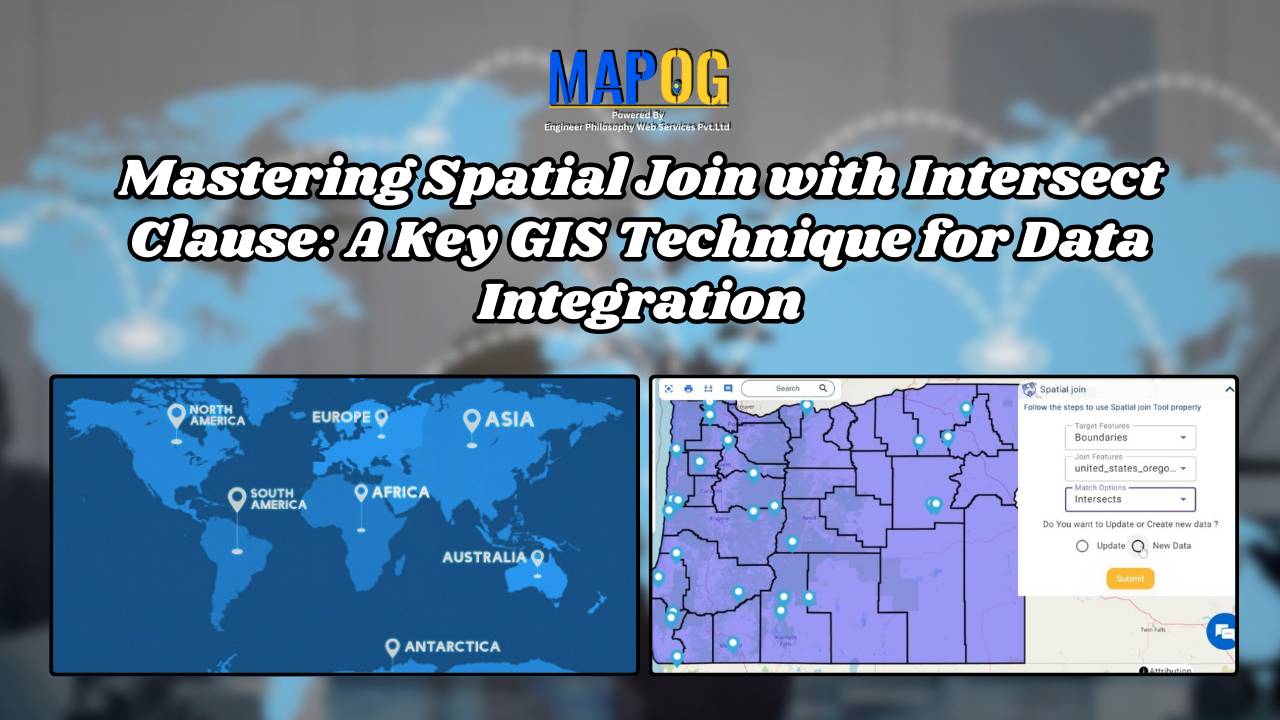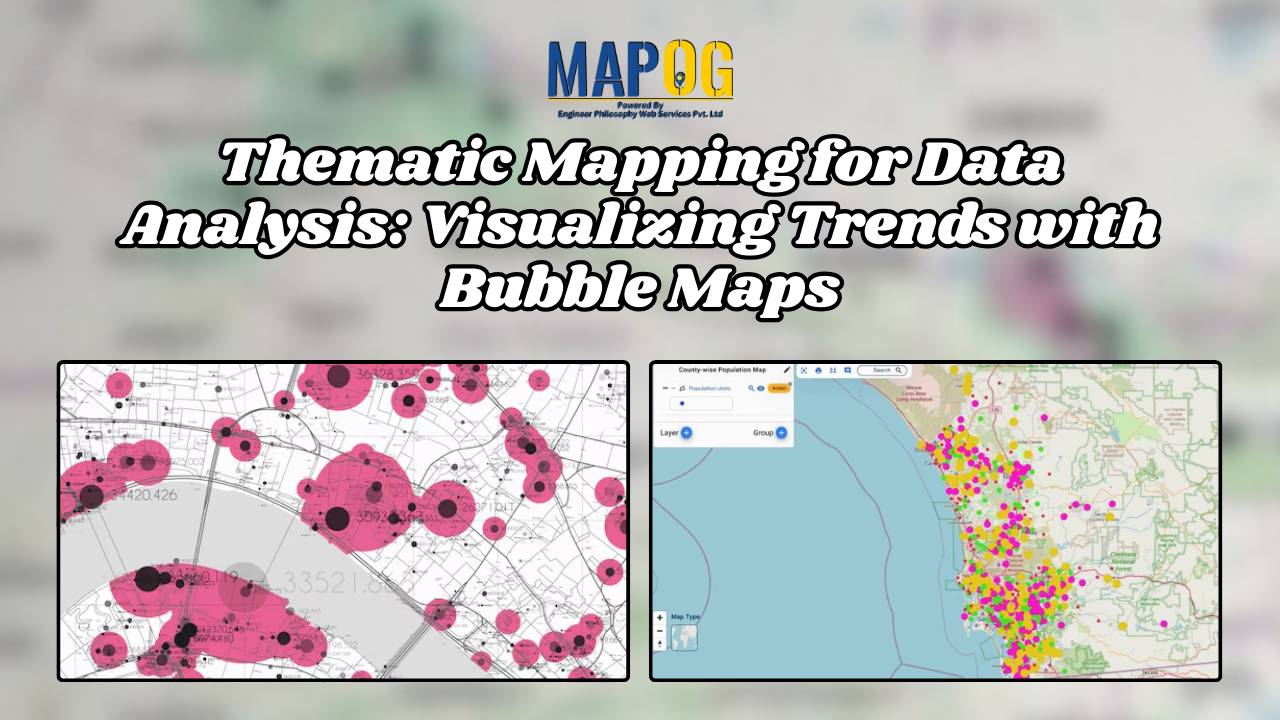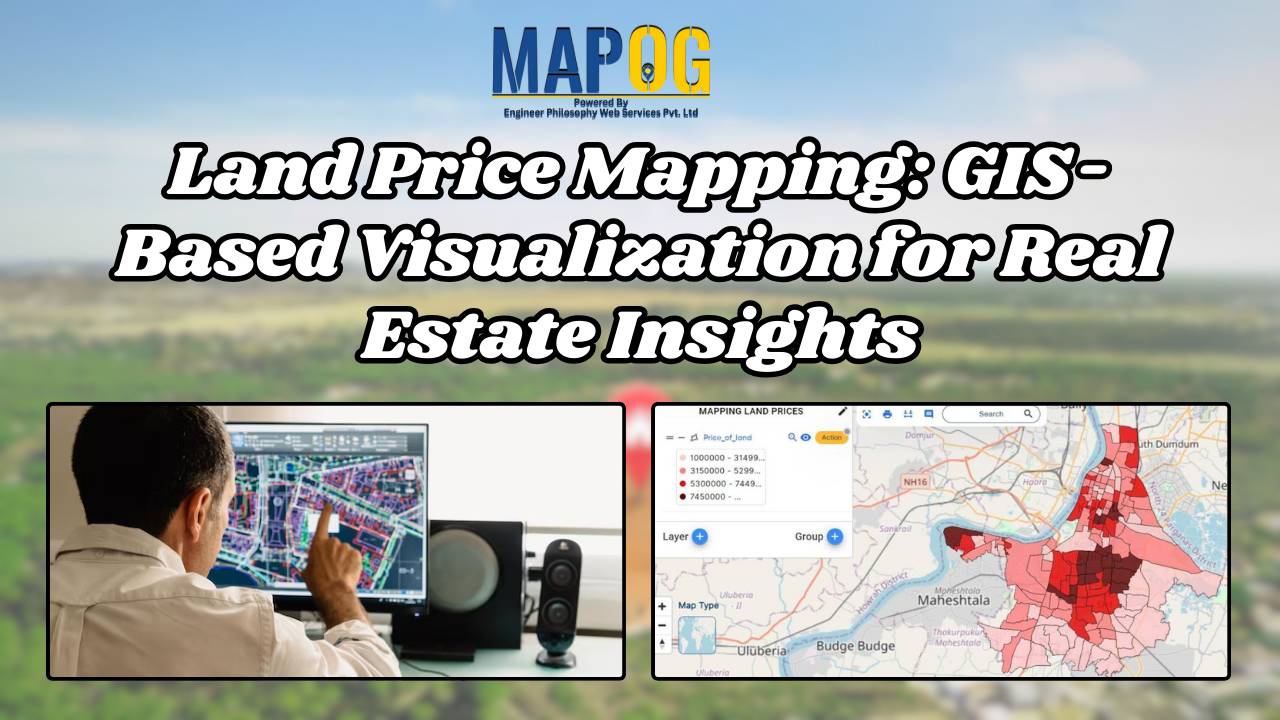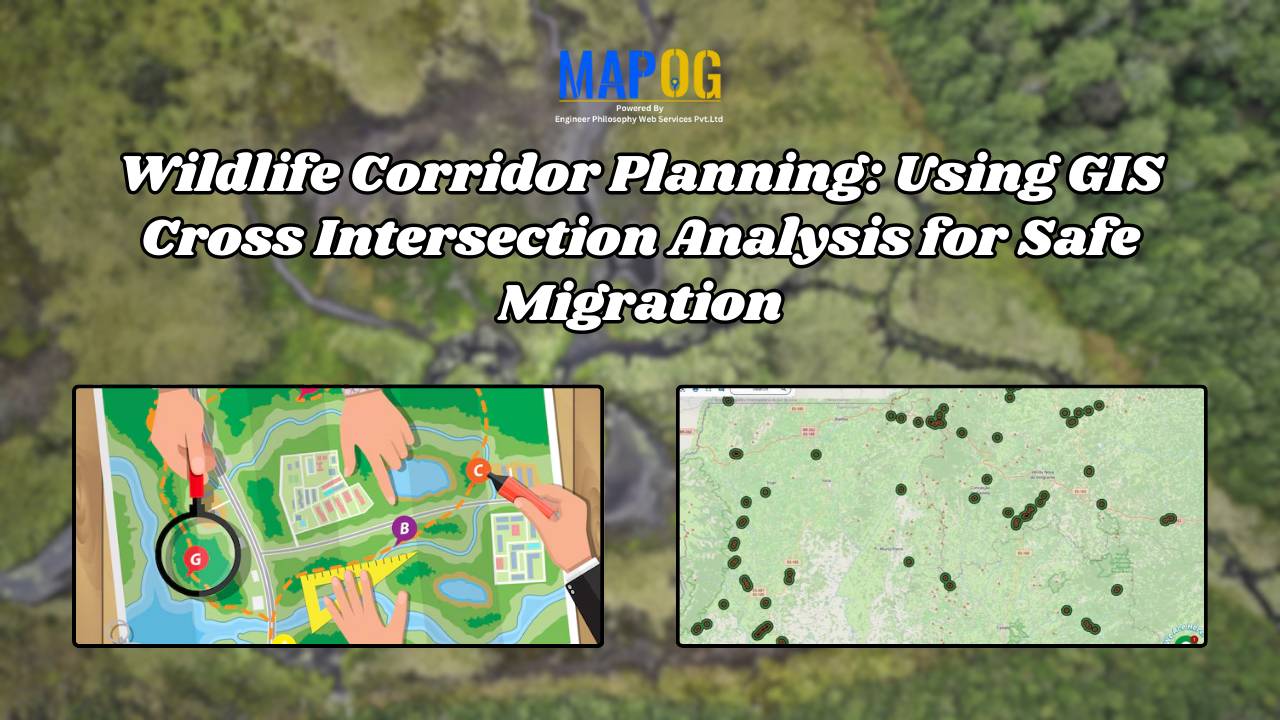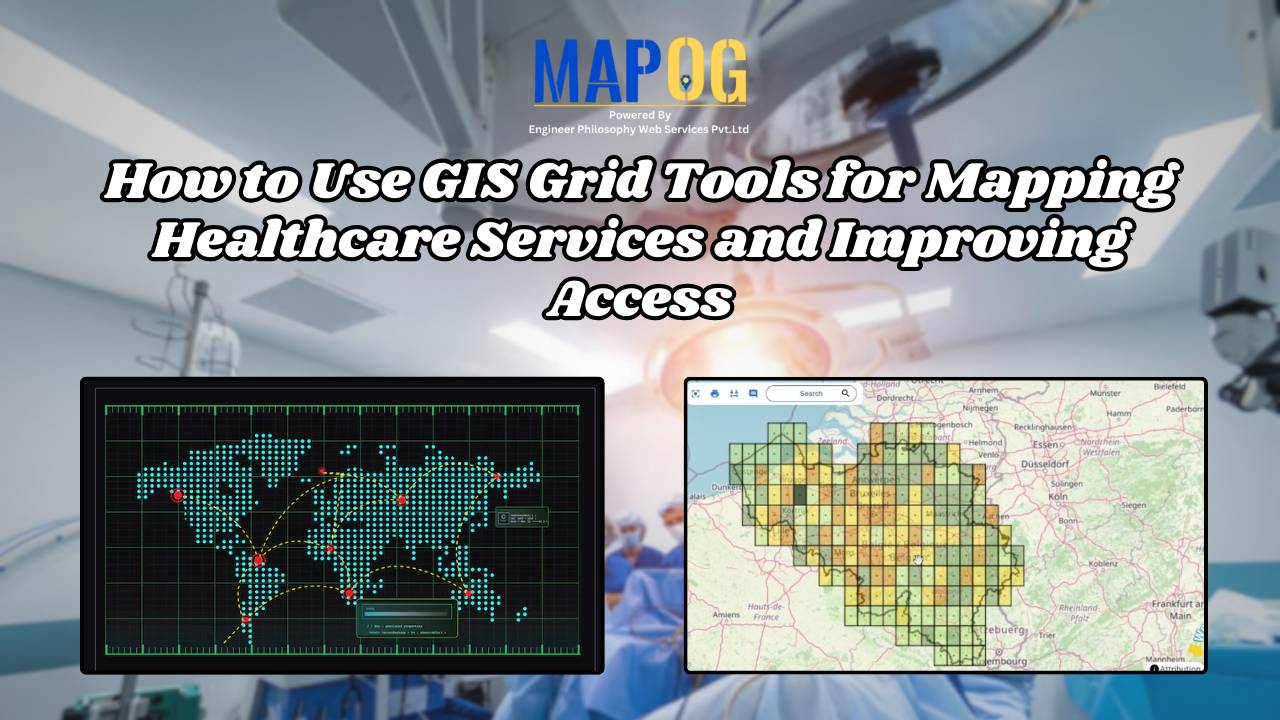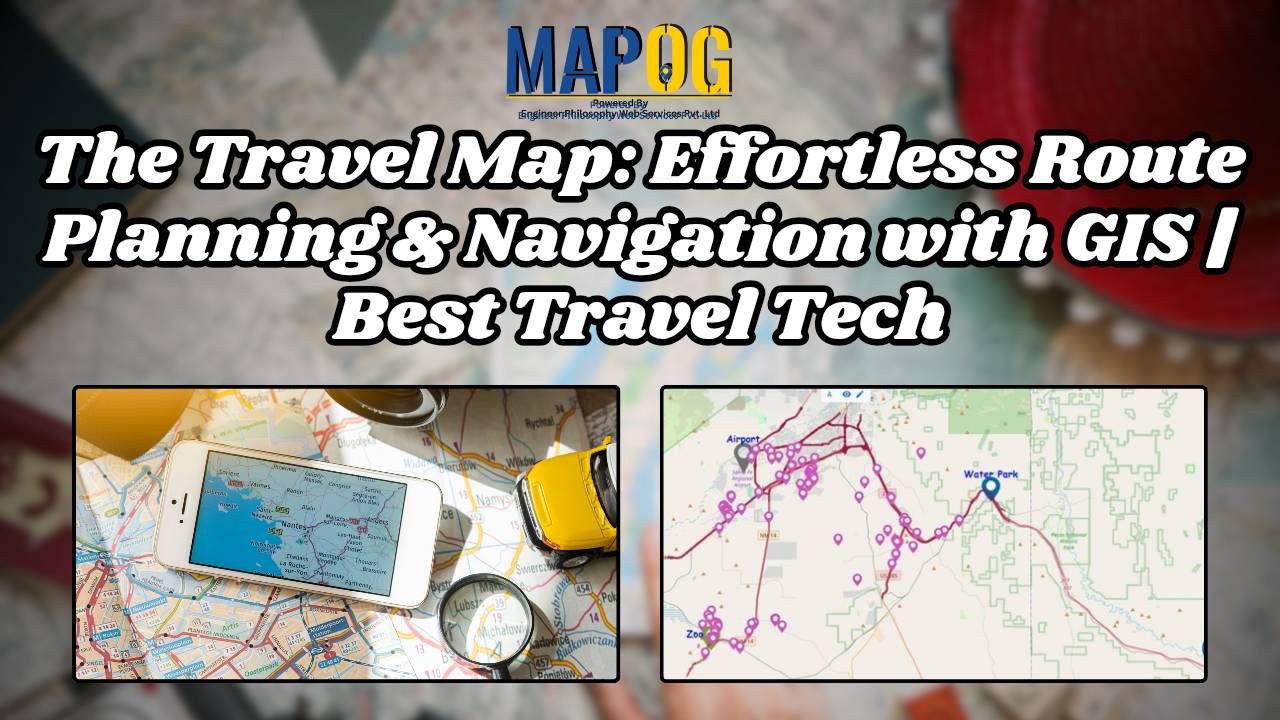Creating Point Data for Urban Planning: Digitizing Settlement Features & Infrastructure Mapping
In the vast landscape of Geographic Information Systems (GIS), the meticulous process of mapping settlement features stands as a cornerstone of urban planning, environmental assessment, and resource management. Settlement features, ranging from individual households to sprawling cityscapes, serve as critical focal points in understanding human habitation patterns and societal dynamics. With the help of MAPOG … Read more


